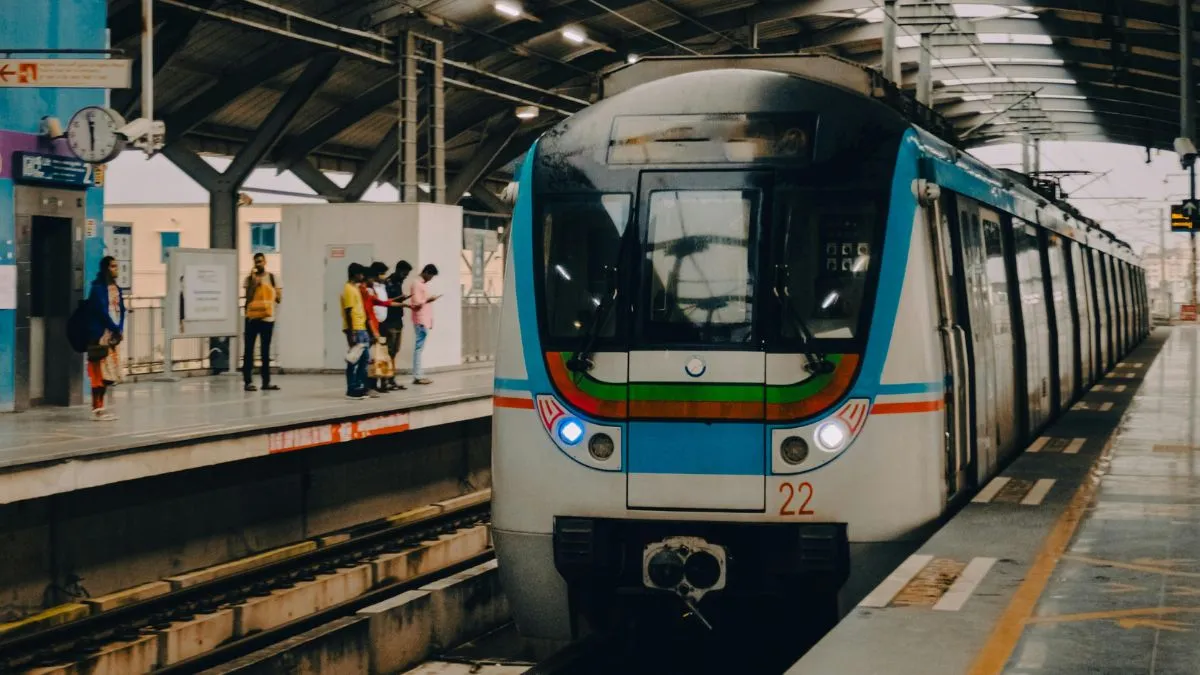Now Reading: Bengaluru Metro to Implement Annual Fare Hike Starting February 2026
-
01
Bengaluru Metro to Implement Annual Fare Hike Starting February 2026
Bengaluru Metro to Implement Annual Fare Hike Starting February 2026

Bengaluru Metro passengers can expect an automatic fare increase of up to 5% annually, beginning February 2026. This decision follows a substantial fare hike earlier this year and aims to address the financial challenges faced by the Bangalore Metro Rail Corporation Limited (BMRCL).
Background of Fare Increases
In February 2025, BMRCL raised metro fares by up to 71%, making it the most expensive metro system in India. This steep increase was based on recommendations from the Fare Fixation Committee (FFC), which also proposed automatic annual fare revisions to ensure financial sustainability until a new committee is formed. The FFC had initially suggested a 51.5% fare increase spread over 7.5 years, amounting to an annualized rise of about 6.87%. However, BMRCL had proposed an even steeper 105% fare hike over 7.5 years due to consecutive financial losses totaling hundreds of crores.
Reasons for the Fare Hike
The fare increases are primarily driven by BMRCL’s financial constraints, with projected liabilities rising from ₹775 crore in 2025-26 to ₹2,776 crore by 2029-30. The corporation’s operating costs have escalated, and the revenue from ticket sales has not been sufficient to cover these expenses. The automatic annual fare hike is intended to provide a steady revenue stream to meet these financial obligations.
Impact on Commuters
The automatic fare increase is expected to affect daily commuters, especially those from Tier 2 cities who rely on the metro for affordable transportation. While the fare hikes are capped at 5% annually, the cumulative effect over time could lead to significant increases in travel costs. BMRCL has introduced measures such as discounts during non-peak hours and additional holiday discounts to mitigate the impact on regular commuters.
Conclusion
The implementation of annual fare hikes by Bengaluru Metro reflects the financial challenges faced by BMRCL in maintaining and expanding the metro network. While the measures aim to ensure the system’s sustainability, they also highlight the need for balanced policies that consider the economic impact on commuters, particularly in smaller cities where public transportation is a vital service.
























